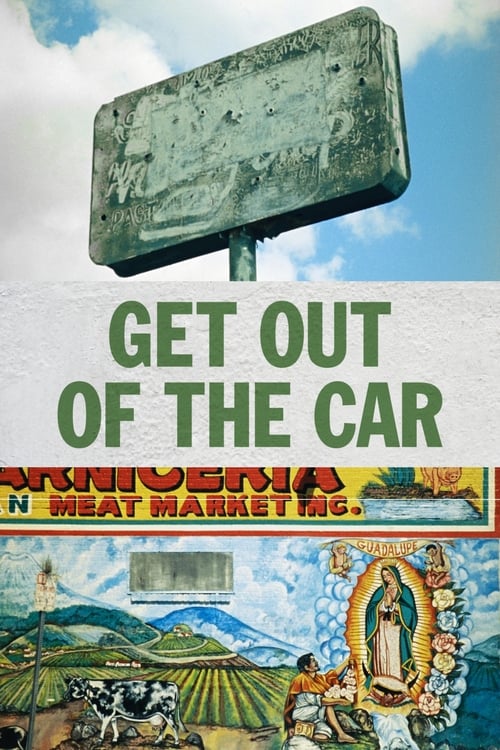Get Out of the Car (2010)
ジャンル : ドキュメンタリー
上映時間 : 35分
演出 : Thom Andersen
シノプシス
A city symphony film in 16mm composed from advertising signs, building facades, fragments of music and conversation, and unmarked sites of vanished cultural landmarks in Los Angeles.
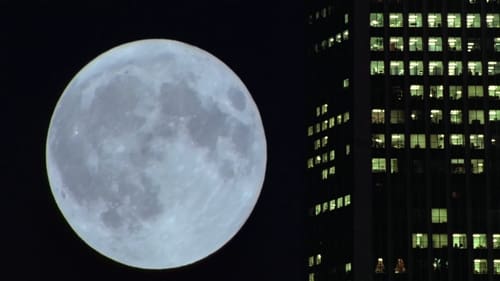
Takes us to locations all around the US and shows us the heavy toll that modern technology is having on humans and the earth. The visual tone poem contains neither dialogue nor a vocalized narration: its tone is set by the juxtaposition of images and the exceptional music by Philip Glass.
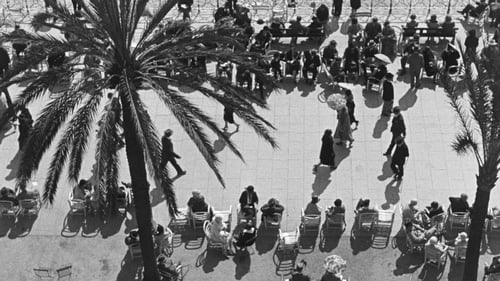
What starts off as a conventional travelogue turns into a satirical portrait of the town of Nice on the French Côte d'Azur, especially its wealthy inhabitants.
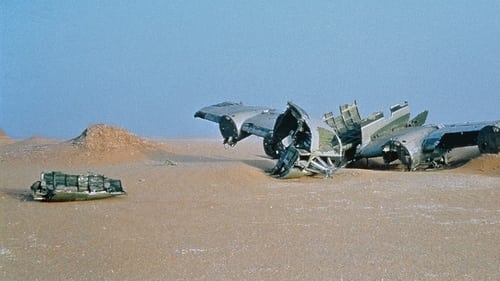
Shot under extreme conditions and inspired by Mayan creation theory, the film contemplates the illusion of reality and the possibility of capturing for the camera something which is not there. It is about the mirages of nature—and the nature of mirage.

In this short film Bert Haanstra gives his vision - from the water – of a tranquil Holland. During filming he held the camera upside down and afterwards put the images ‘up right’ again in the film. By doing this, we see the ‘usual’ waterfront, but transformed by the rippling of the water. In this way Mirror of Holland became a modern looking experimental film. However this did not devalue the Dutch sentiment regarding waterfronts that are so trusted to so many.
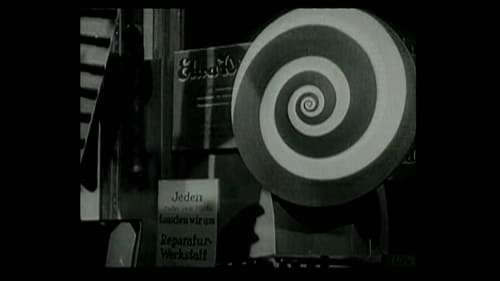
A train speeds through the country on its way to Berlin, then gradually slows down as it pulls into the station. It is very early in the morning, about 5:00 AM, and the great city is mostly quiet. But before long there are some signs of activity, and a few early risers are to be seen on the streets. Soon the new day is well underway. It's just a typical day in Berlin, but a day full of life and energy.

A montage of the skyscrapers of Manhattan opens with a succession of stationary views of the upper portions of numerous buildings. This is followed by a wide variety of fluid shots, which also begin to show more and more of the surrounding city, in addition to the skyscrapers themselves.
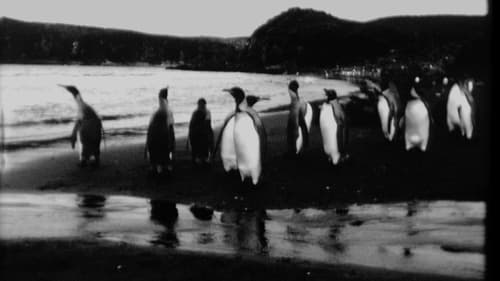
A hypnotic and slow-burning journey through the austere landscapes of the island of South Georgia and the Antarctic Peninsula. Shot on black and white super 8 film as a series of mostly static tableaux over a period of 20 days during the waning days of the Antarctic Summer, the film is a startling look at life at the edge of the world.
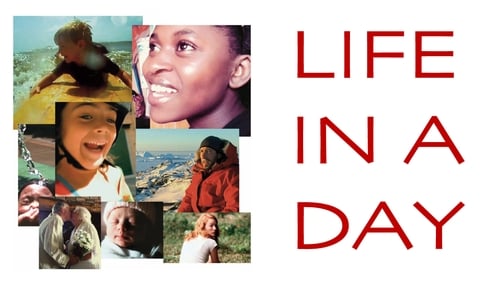
A documentary shot by filmmakers all over the world that serves as a time capsule to show future generations what it was like to be alive on the 24th of July, 2010.

A visual montage portrait of our contemporary world dominated by globalized technology and violence.
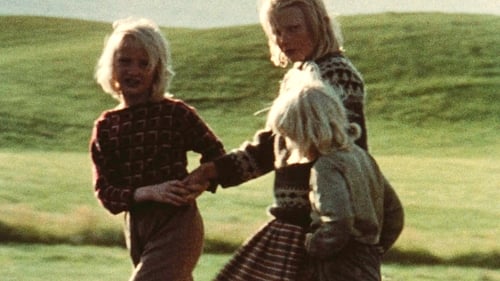
"He wrote me..." A woman narrates the thoughts of a world traveler, meditations on time and memory expressed in words and images from places as far-flung as Japan, Guinea-Bissau, Iceland, and San Francisco.
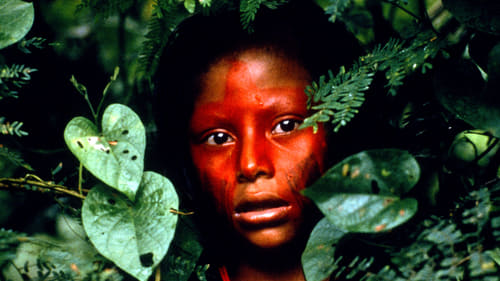
A paralysingly beautiful documentary with a global vision—an odyssey through landscape and time—that attempts to capture the essence of life.

Filmed over nearly five years in twenty-five countries on five continents, and shot on seventy-millimetre film, Samsara transports us to the varied worlds of sacred grounds, disaster zones, industrial complexes, and natural wonders.
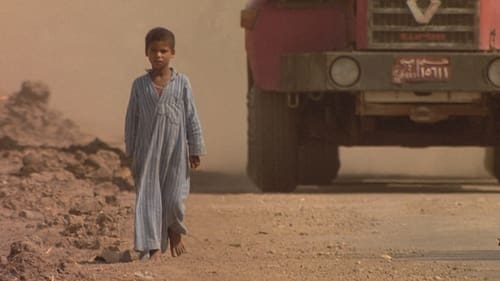
An exploration of technologically developing nations and the effect the transition to Western-style modernization has had on them.

A documentary of insect life in meadows and ponds, using incredible close-ups, slow motion, and time-lapse photography. It includes bees collecting nectar, ladybugs eating mites, snails mating, spiders wrapping their catch, a scarab beetle relentlessly pushing its ball of dung uphill, endless lines of caterpillars, an underwater spider creating an air bubble to live in, and a mosquito hatching.
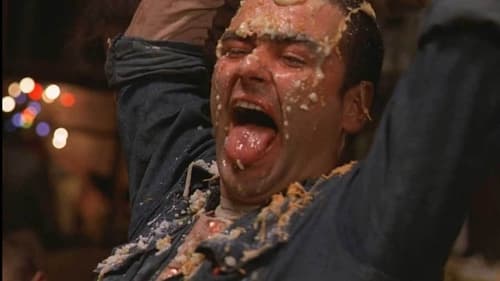
The winner of the Miss World Virginity contest marries, escapes from her masochistic husband and ends up involved in a world of debauchery.
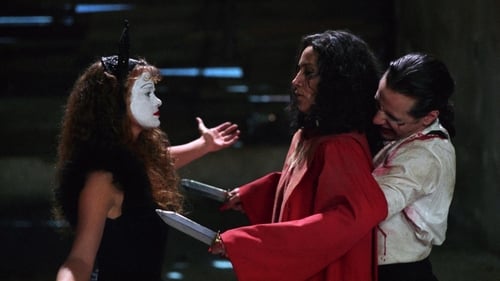
A young man is confined in a mental hospital. Through a flashback we see that he was traumatized as a child, when he and his family were circus performers. Back in the present, he escapes and rejoins his surviving and armless mother.

This short film made by László Moholy-Nagy is based on the shadow patterns created by his Light-Space Modulator, an early kinetic sculpture consisting of a variety of curved objects in a carefully choreographed cycle of movements. Created in 1930, the film was originally planned as the sixth and final part of a much longer work depicting the new space-time.

The faces of a 5:00 PM crowd descending via the Pan Am building escalators in one continuous shot. In old-fashioned black and white, these faces stare into the empty space, in the 5:00 PM tiredness and mechanical impersonality, like faces from the grave.

On July 25th, 2020, Ridley Scott and Academy Award winner Kevin Macdonald invite you to be part of Life in a Day—a historic, global documentary capturing a single day on Earth. Videos from around the world are woven into a feature film.
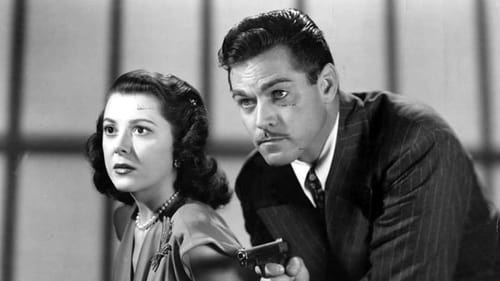
A pair of married ex-convicts trying to go straight get jobs at a department store. A gangster who knows about their past threatens to expose it unless they agree to help him rob the department store.

A lyrical recreation of Lightnin’ Hopkins’ decision at age eight to stop chopping cotton and start singing for a living.

Finished their careers of Law and Medicine, respectively, Antonio Redondo and Josefina Castro, a pair of young Spanish newlyweds, are looking for work to buy an apartment and start a life together, but they will face enormous difficulties throughout the process.
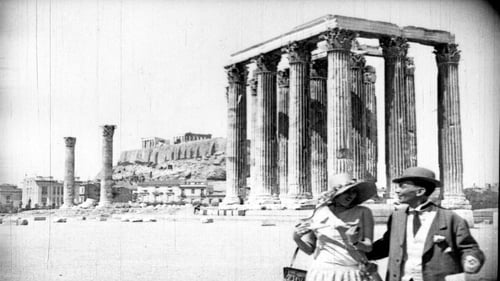
The oldest Greek feature film to be saved, starring a burlesque comedian Sfakianos (or Villar), who had trained in France. Villar gets a job at a dry cleaner’s and wanders through Athens. He makes one gaffe after the other and gets involved in various adventures.

Less and Less, Luc Moullet’s 40th film, concerns development and expansion, from 1968 to 2010, of the devices based on computers, automats, interactive terminals and others that can be found everywhere.

In Rembrandt, Haanstra shows that it is possible to make a fascinating film only with images from paintings. He had to travel though all over Europe to numerous museums and private owners in order to film the works of art. In the work of the great painter, Haanstra recognizes his particular interest in man as an individual human being, cutting straight through all the religious motives. And Haanstra also wants to see Rembrandt as an individual.

The real story of Quilombo Olho d'Água from Serra do Talhado, in the state of Paraíba, Brazil, which became institutionally isolated from the rest of the country. Quilombos were runaway slave communities in colonial Brazil.

In the summer of 1924 Claude Friese-Greene, a pioneer of colour cinematography, set out from Cornwall with the aim of recording life on the road between Land’s End and John O’Groats. Entitled The Open Road, his remarkable travelogue was conceived as a series of shorts, 26 episodes in all, to be shown weekly at the cinema. The result is a fascinating portrait of inter-war Britain, in which town and country, people and landscapes are captured as never before, in a truly unique and rich colour palette.

A fascinating pictorial history of a New York City bar whose customers, from the hard-drinking working class Irish to the coiffed African American gay male, continually transform its focus during its 10-year reign.

In this child's game, a live-action boy and girl draw characters and compete who is better. The girl draws a flower and the boy draws a car that runs it over. Then a drawn lion chases a drawn girl, until it all becomes frightfully serious.

A young African man must try every trick in the book in this attempts to win the heart of the most beautiful girl in his village.

This Oscar-nominated documentary short tracks the shift in the relationship of an individual to his work between the 19th century and today. Focusing on how nails are made, we first see a blacksmith laboring at his forge, shaping nails from single strands of steel rods. The scene then shifts from this peaceful setting to the roar of a 20th century nail mill, where banks of machines draw, cut, and pound the steel rods faster than the eye can follow.

A film diary in which Perlov films the minutiae of his and his family's day-to-day life. From these small bits, he builds up a broad picture of life in Israel in the '70s and '80s.

Short directed by Mansour Sora Wade.

Using edited archive footage, mockery is made of Italy's dictator Benito Mussolini.

A shunter's job is to slow down, link, and unlink train wagons at a central station. The film documents - without any commentary - the working hours of few shunters at the shunting-station Dresden-Friedrichstadt, which was the largest such station in all of the former German Democratic Republic. They work day and night, amidst snow and fog at the railway tracks, speaking only as much as necessary.

Standard Gauge is an autobiographical film that examines Morgan Fisher’s work as an editor in the film industry. The film goes through scraps of rejected material along with commentary on the meaning of all the scrapped images. This film is an account and critique of the processes of meaning within film production through an examination of both materialism and the institution of film itself.
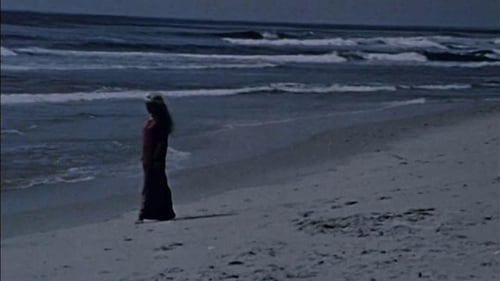
Photographed by an all-female crew and directed by the author of Sexual Politics, these are autobiographical interiews with three very different women who talk frankly about their lives, conflicts, and contrasting life styles.

The movie shows a smattering of images from the story of Wilhelm Jensen's Gradiva. The subject is sublimated desire.

A film documenting the landscapes of northern Iceland, as well as a recent work about the Hudson River.
